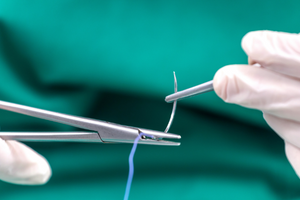Local Anesthesia in Modern Dentistry
The very foundation of comfortable and pain-free dentistry rests on the effective use of local anesthesia. This medical marvel works by temporarily blocking the nerve signals in a specific area of the mouth, preventing pain impulses from reaching the brain during procedures. From routine fillings to more complex extractions and root canals, local anesthetics like lidocaine ensure that patients can receive the necessary care without discomfort, transforming what was once a dreaded experience into a manageable one.
The administration process is a precise science. Dentists carefully select the type and dose of anesthetic based on the procedure's complexity, the patient's health, and the expected duration. Using a fine needle, the anesthetic is delivered to the nerve pathways surrounding the treatment tooth. While the initial pinch might be felt, modern techniques and topical gels have made this process quicker and more comfortable than ever before, with the numbing effect setting in within just a few minutes.
Despite its widespread success, patient communication is key. It's crucial to inform your dentist of your full medical history and any medications you're taking. After the procedure, the numbness can last for a few hours, requiring care to avoid accidentally biting your cheek or lip. Understanding how local anesthesia works demystifies the process and empowers patients, reinforcing that modern dentistry is committed to both oral health and patient comfort.
___________________________________________________________________________________________________________________________________________________
Comments:
Dickson says:
This is a great read and really explains why I never feel pain during my appointments - it's all about that effective local anesthesia! I used to have major dental anxiety, but understanding the process has helped so much.







